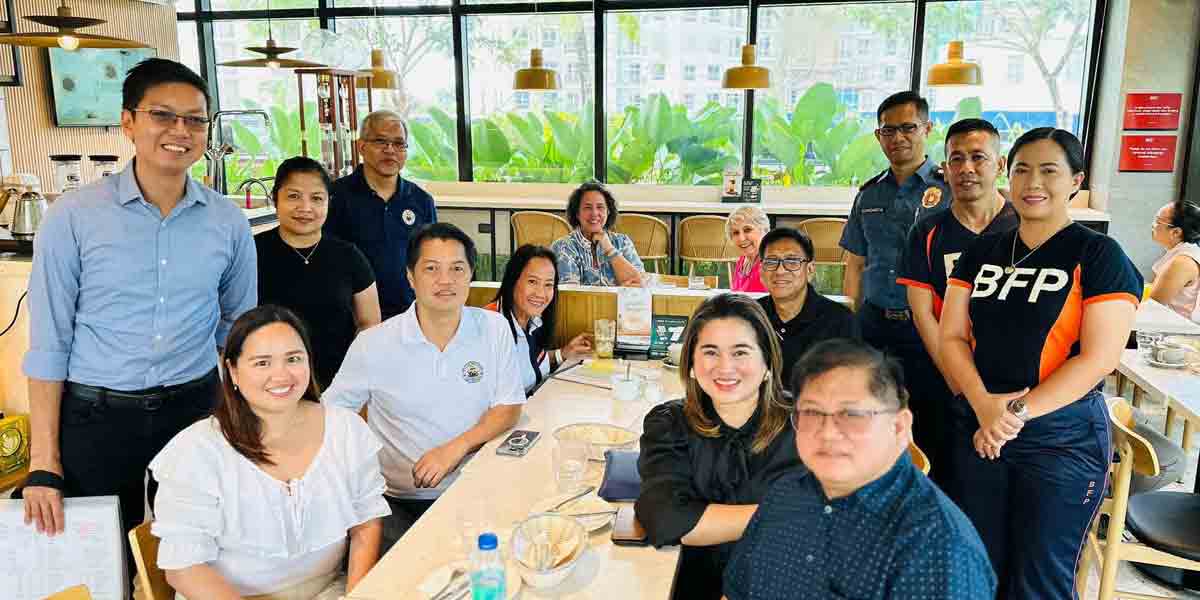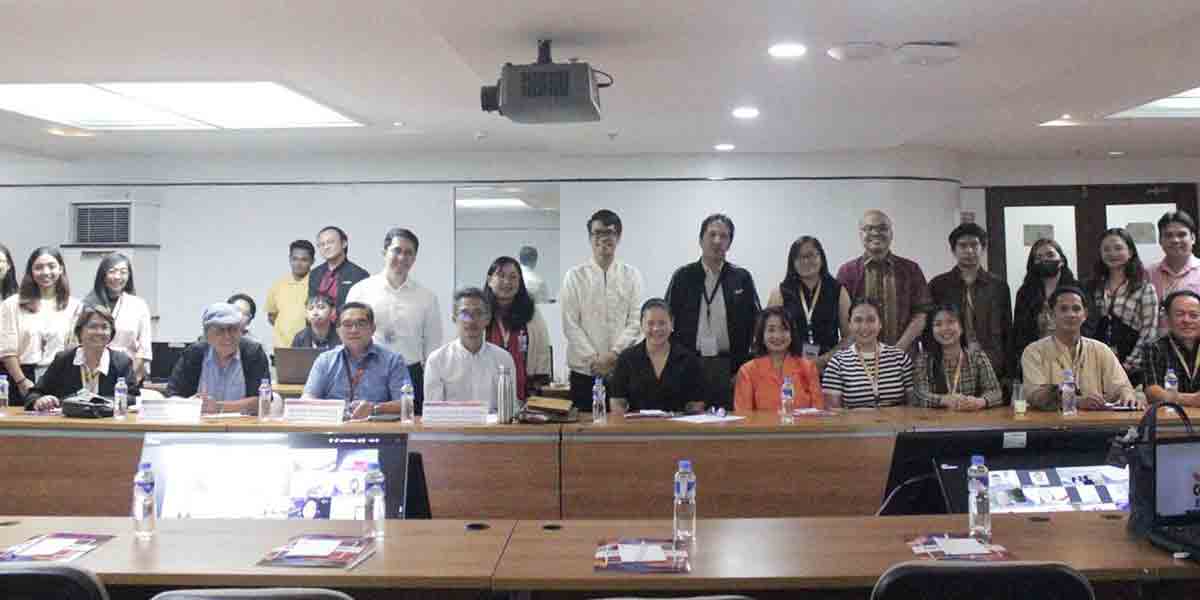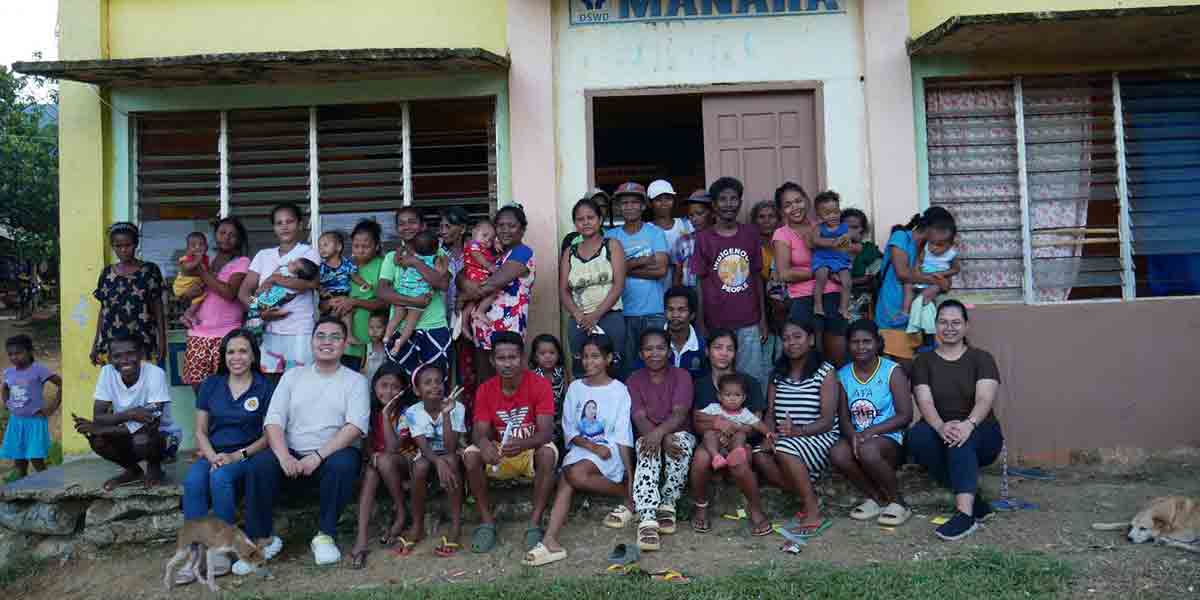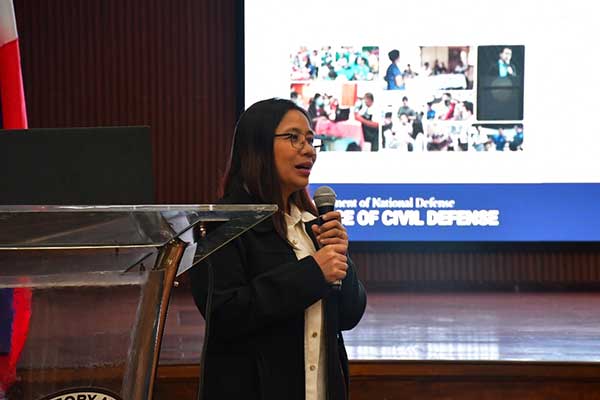By Dolly Yasa
BACOLOD CITY – The Sugar Regulatory Administration recently launched a series of workshops to update its Disaster Risk Reduction and Management Plan and align it with the national disaster program.
The two-day workshop was facilitated by the Office of Civil Defense, making the SRA the first among government-owned and -controlled corporations to initiate a five-year disaster plan.
Disaster Risk Reduction and Management Chairperson and Planters’ Representative David Sanson said readiness is essential for any potential disaster.
“While we have a very comprehensive DRRM plan in place, we need to apprise ourselves with new data and technology so we can maximize our resources and make a bigger impact,” Sanson said.
The workshop orientation is a critical step in crafting a Sugar Board-approved DRRM plan that ensures a disaster-resilient SRA and sugar industry, while equipping frontline officers for calamity response and rehabilitation.
“SRA has been criticized for not utilizing the Sugarcane Industry Development Act to its fullest potential, and we could have prevented—or at least addressed—some very disastrous natural phenomena like last year’s severe drought if we had a working plan and budget in place,” he added.
Sanson said that under the current administration, the industry has faced multiple challenges, including flooding, pest outbreaks, the prolonged El Niño, and the ongoing threat of Mt. Kanlaon’s volcanic activity—factors to be addressed in the new plan.
He thanked Raquel De Leon, acting chief of the DRRM Development and Standards Division under the Policy Development and Planning Service at OCD, for leading the workshop and providing insights on current national standards applicable to SRA planning.
He also thanked the participants, particularly mill district representatives from across the country, for joining the activity.
“I am glad you are all here so we can hit the ground running and put our money where our mouths are to provide the best response for our industry stakeholders in the advent of any disaster,” Sanson said.
He added that the group must also focus on mitigation and prevention.
Participants helped draft the proposed DRRM plan by identifying roles, organizational issues, vulnerabilities, and targets.
The OCD and SRA’s Planning, Policy, and Special Projects Department guided attendees, who contributed insights based on regional contexts.



















